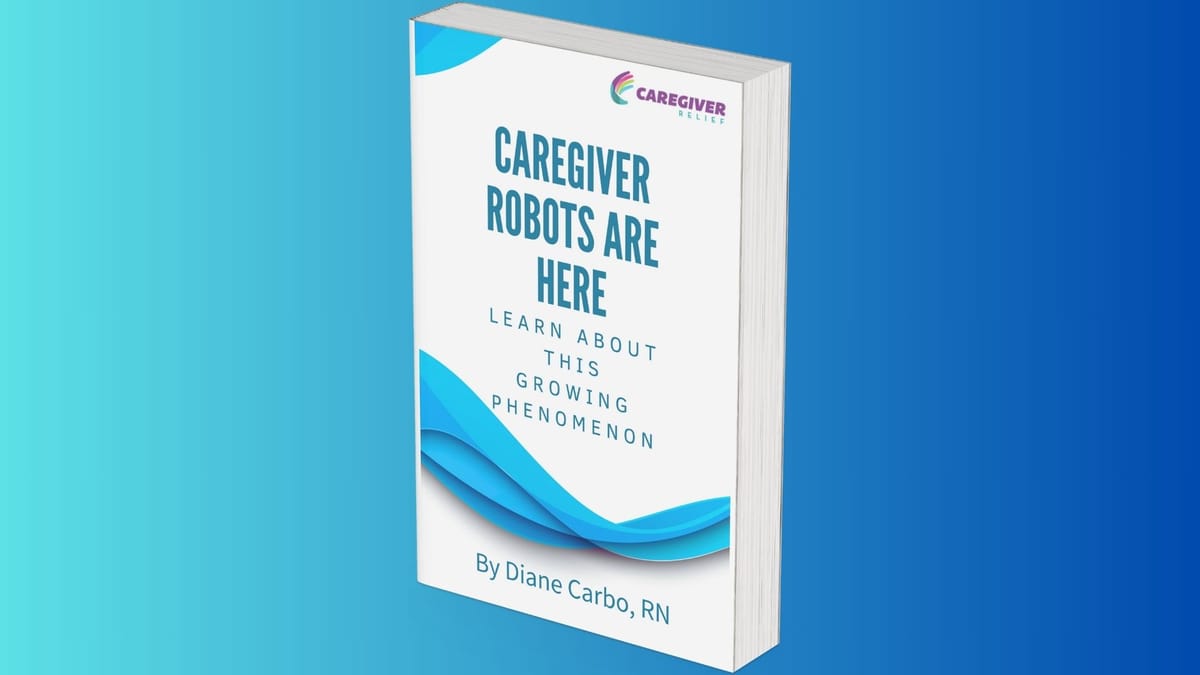Caregiver Robots are Here: Learn About this Growing Phenomenon


In our rapidly evolving world driven by technology and artificial intelligence, a groundbreaking phenomenon is emerging – caregiver robots. "Caregiver Robots Are Here" explores this fascinating and transformative trend that is reshaping how we care for our loved ones and ourselves.
While the concept of robots providing care may seem futuristic, these robotic caregivers are already a reality in countries like Japan, and their adoption is on the rise worldwide. With changing demographics and societal dynamics, the demand for these machines is soaring. In the United States, as more mothers join the workforce, childcare becomes a secondary concern, and the exorbitant costs of professional childcare make robots a practical alternative for many families.
However, it's not just childcare that stands to benefit. As our population ages, the need for caregivers for older adults is growing exponentially. By 2050, the number of senior citizens in the United States is expected to double, resulting in a significant increase in nursing home care requirements. Robot caregivers offer a viable solution for middle-aged individuals with elderly parents, bridging the gap between supply and demand.
The shortage of human caregivers is a pressing issue, exacerbated by low status, inadequate pay, and the repercussions of the COVID-19 pandemic. By 2040, we could face a shortage of 355,000 paid caregivers and a staggering 11 million shortfall in informal or unpaid caregivers, leaving many families struggling to find suitable care.
The challenges extend to the realms of accessibility, affordability, and quality in both childcare and elderly care. These shortages result in substantial financial losses for parents, estimated at a staggering $57 billion annually.
The rise of caregiving robots is a response to these growing care demands, offering a potential solution to labor shortages and the challenges faced by caregivers and families nationwide. While robots may not match the human touch in caregiving, they are "good enough" given the current circumstances.
The global consumer robot market is booming, projected to reach a value of $34.1 billion by 2022. Japan anticipates its domestic caregiving robot industry to grow to $3.8 billion by 2035. The global personal robot market reached $17.4 billion in 2020, highlighting the surging demand for robots in caregiving.
But it's not just about technology and economics. The low status and pay of human caregiving make robot caregiving a socially plausible alternative. However, this shift raises critical social, emotional, political, and ethical issues that require careful consideration and discussion.
The impact of caregiving robots is poised to be as transformative as smartphones and social media, fundamentally altering how we approach caregiving. Numerous caregiving robots are already in action worldwide, addressing various caregiving needs. These robots come in diverse shapes, sizes, and functions, aiming to fill the caregiving gaps.
As technology advances, prices become more competitive, and the demand for care grows globally, robots are stepping up to meet this demand. "Caregiver Robots Are Here" invites you to embrace the idea of "robots for everyone" and explore the future of caregiving in the digital age. Join us on this enlightening journey into the world of caregiving robots and discover how they are reshaping the way we care for our loved ones and ourselves.




